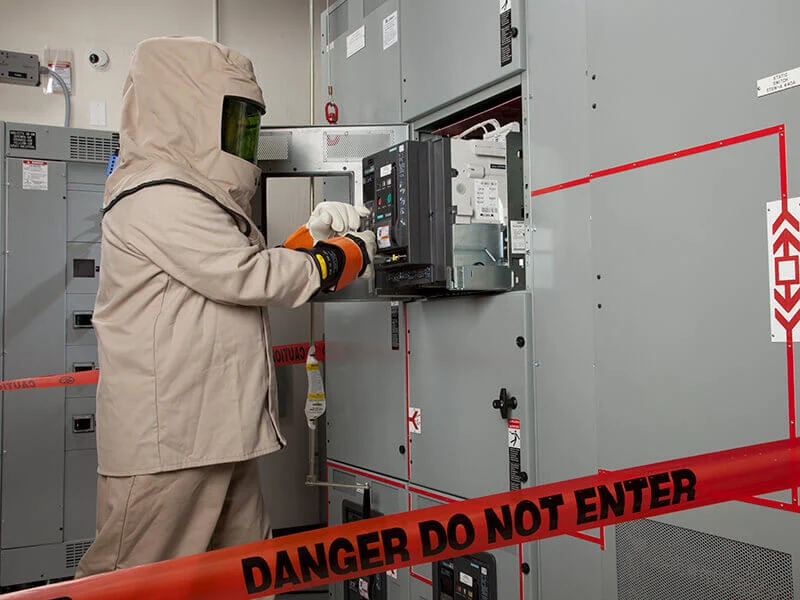
Buying arc flash PPE without a proper risk assessment is like buying a fire extinguisher without knowing the fire type. You might be overprotected, underprotected—or dangerously unprotected.
That’s why the first step in any arc flash safety plan isn’t buying gear—it’s understanding the risk.
An Arc Flash Risk Assessment helps you calculate how much incident energy a worker may be exposed to during a potential arc event. From there, you can choose the right PPE (CAT 1 to CAT 4), and avoid unnecessary costs, injuries, or compliance issues.
What Is an Arc Flash Study and Why You Need One
An Arc Flash Study (also called an Arc Flash Hazard Analysis) is a detailed engineering evaluation of your electrical system to:
- Identify potential arc flash hazards
- Calculate incident energy levels (measured in cal/cm²)
- Define arc flash boundaries around equipment
- Recommend PPE levels and safety signage
This study is typically required by:
- NFPA 70E (USA)
- CSA Z462 (Canada)
- OSHA 1910 Subpart S for general industry
⚠️ In many regions, employers are legally required to perform this study every 3 to 5 years—or when major electrical changes occur.
How to Calculate Incident Energy Levels (cal/cm²)
Incident energy refers to the thermal energy (in calories per square centimeter) a worker could be exposed to during an arc flash at a specific distance.
This calculation considers:
- System voltage
- Available fault current
- Arc duration (based on protective device clearing time)
- Working distance (typically 18 inches for low-voltage gear)
The result tells you the minimum ATPV (Arc Thermal Performance Value) that PPE must meet to prevent second-degree burns.
Example:
If incident energy = 12 cal/cm², your PPE should be CAT 3 or higher.
✅ Tip: Use a qualified electrical engineer or safety consultant with arc study software (like SKM Power Tools or ETAP).
Interpreting the Results: Matching PPE to Energy Ratings
Once you have incident energy data, you can match each task to a PPE category. Here’s a simplified guide:
| Incident Energy (cal/cm²) | PPE Category | Minimum ATPV | Typical Tasks |
|---|---|---|---|
| 1.2–4 | CAT 1 | 4 cal/cm² | Visual inspection, control cabinet work |
| 4.1–8 | CAT 2 | 8 cal/cm² | Disconnecting small panels |
| 8.1–25 | CAT 3 | 25 cal/cm² | Switchgear operation |
| 25.1–40+ | CAT 4 | 40 cal/cm² | High-voltage maintenance |
✅ PPE should equal or exceed the incident energy exposure for that task.
Don’t guess CAT levels by voltage alone—it’s about calories, not volts.
Arc Flash Boundary vs. Shock Boundary: What’s the Difference?
Two critical boundaries are defined during risk assessments:
🔸 Arc Flash Boundary
The distance at which incident energy equals 1.2 cal/cm² (the threshold for 2nd-degree burns).
- Inside this zone: arc-rated PPE is required
- Must be marked on equipment labels
🔸 Shock Protection Boundaries
Based on system voltage; determines approach limits:
- Limited approach: training required
- Restricted approach: special PPE + insulated tools required
- Prohibited approach: energized work permit required
Arc protection is thermal. Shock protection is electrical contact. You need PPE to cover both.
How Often to Reassess PPE Needs Based on Equipment or Layout Changes
Arc flash studies and PPE requirements aren’t one-and-done. You need to update assessments whenever:
- New equipment is added or upgraded
- Circuit breakers or fuses are changed
- Facility layout is modified
- System load capacity is altered
- Regulatory standards are updated
Recommended review schedule:
- Every 3 years minimum (per NFPA 70E)
- Immediately after major electrical changes
- During each annual safety audit
✅ Keep PPE labels current—expired or outdated data can void compliance or increase legal risk.
Working with Safety Consultants and Engineers
If you’re not an electrical engineer, don’t worry—you’re not expected to do this alone. There are specialized service providers that can perform:
- Complete arc flash studies
- Labeling and signage installation
- One-line diagrams and system modeling
- PPE category recommendations by equipment
- Training sessions for staff on PPE and procedure
For international buyers: Ensure your consultant understands regional regulations, such as CE/IEC standards if exporting to the EU.
Conclusion
The smartest PPE investment starts not in a catalog—but in a risk analysis. By conducting an arc flash assessment, you ensure your team gets the right level of protection, avoids over- or under-buying, and stays compliant with safety laws.
Before you select arc-rated clothing, gloves, hoods, or kits, ask yourself:
- Has my site been assessed for arc flash hazard in the last 3 years?
- Do I have incident energy levels for each panel or switchgear?
- Am I matching PPE to actual risk, not just voltage class?
If not, I can connect you with trusted partners for arc flash studies—or help you source PPE matched to your current study results.
📩 Contact: [email protected]
🌐 Visit: www.workwearsolutions.net
Zion Zhang
Recent Posts
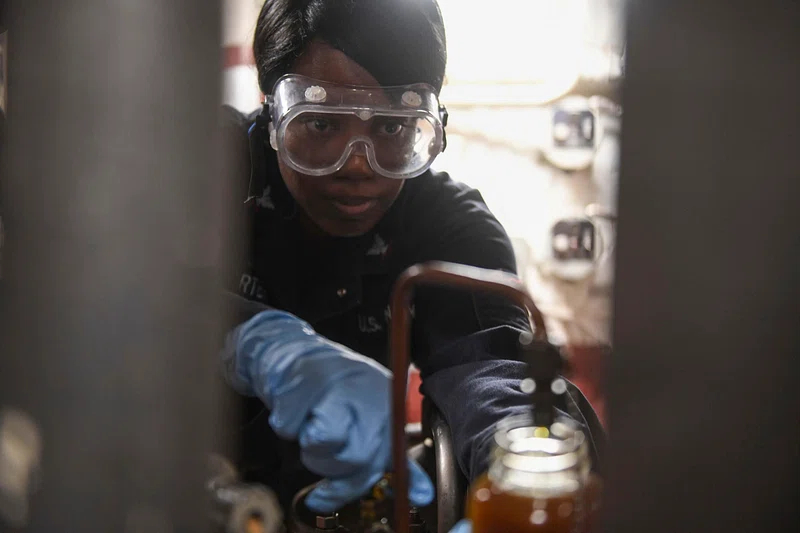 Arc Flash PPE Kits: Complete Protection in One Package2025年6月24日Building an arc flash PPE program from scratch can feel […]
Arc Flash PPE Kits: Complete Protection in One Package2025年6月24日Building an arc flash PPE program from scratch can feel […] Hearing Protection in Arc Flash Incidents: An Overlooked Necessity2025年6月24日Arc flash injuries are often associated with burns and […]
Hearing Protection in Arc Flash Incidents: An Overlooked Necessity2025年6月24日Arc flash injuries are often associated with burns and […]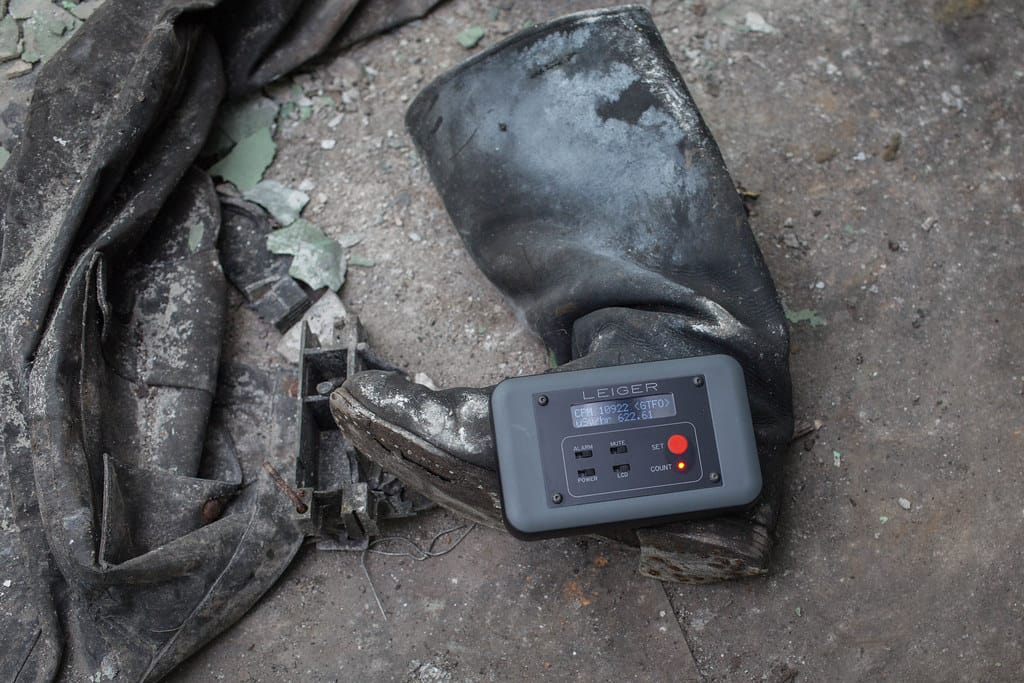 EH-Rated Safety Boots for Arc Flash Environments2025年6月24日In arc flash zones, every part of the body needs […]
EH-Rated Safety Boots for Arc Flash Environments2025年6月24日In arc flash zones, every part of the body needs […]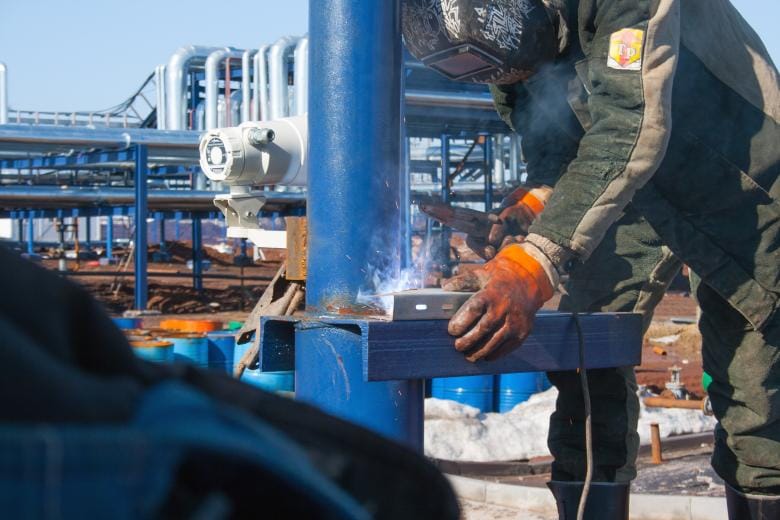 Arc-Rated Outerwear: Jackets, Coats, and Rainwear for Extreme Conditions2025年6月24日Electrical safety doesn’t stop when the weather turns cold […]
Arc-Rated Outerwear: Jackets, Coats, and Rainwear for Extreme Conditions2025年6月24日Electrical safety doesn’t stop when the weather turns cold […]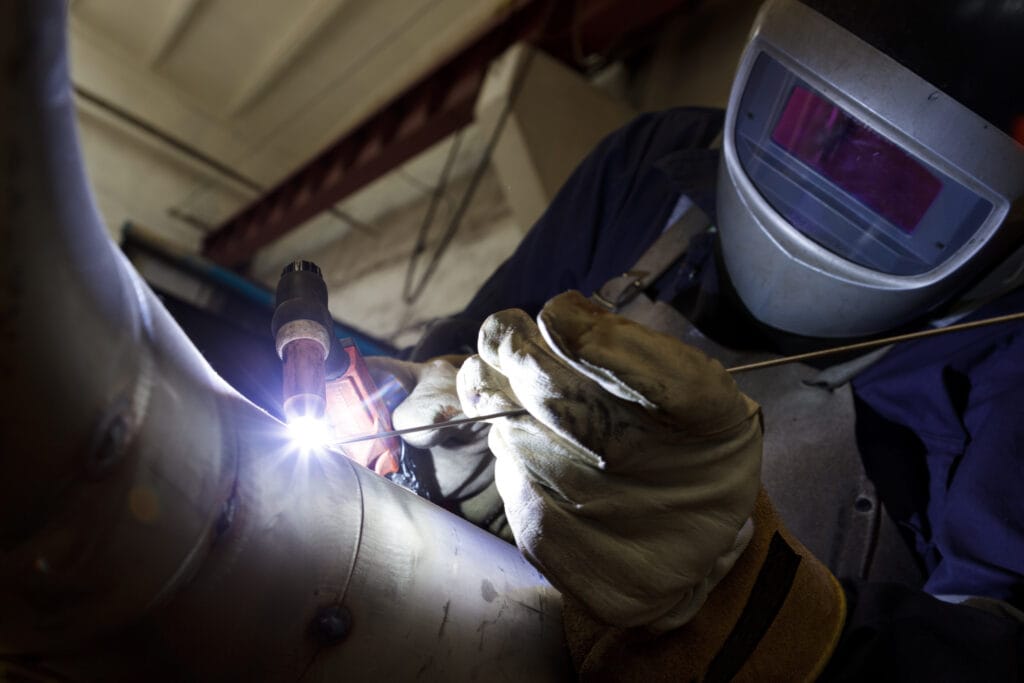 Voltage-Rated Gloves: Insulating Hands from Deadly Contact2025年6月24日Your hands are your most valuable tools—and in electrical […]
Voltage-Rated Gloves: Insulating Hands from Deadly Contact2025年6月24日Your hands are your most valuable tools—and in electrical […]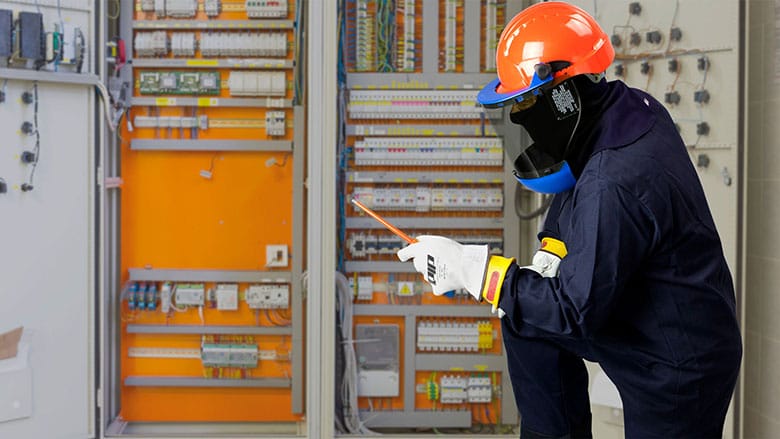 Arc Flash Hoods and Face Shields: Full Protection for the Head and Face2025年6月24日In arc flash environments, protecting the head and face […]
Arc Flash Hoods and Face Shields: Full Protection for the Head and Face2025年6月24日In arc flash environments, protecting the head and face […]
CONTACT US
- Feel free to contact us any time. We will get back to you as soon as we can!
- +86-17330061805
